Plenary Lectures
-

-
Professor
Akihiro Ohashi -
Division Head, Division of Collaborative Research and Development
Exploratory Oncology Research & Clinical Trial Center
National Cancer Center, Japan
Exploring Aneuploidy-Mediated Stress: Implications for Revolutionary Cancer Therapeutics
Deeply understanding “Cancer Hallmarks and Vulnerability” is important to develop the novel molecular target therapeutics. Aneuploidy, which is one of the most important cancer hallmarks, provokes various oncogenic cellular stresses, such as replication stress, mitotic stress, metabolic stress, and proteotoxic stress. Our research interests are how aneuploidy functionally interacts with these oncogenic stresses, and how aneuploidy-mediated stress responses would contribute to cancer vulnerability or resistance against drug treatments. To capture tumor landscapes affected by aneuploidy-mediated stress more comprehensively, multilayer omics analyses are also being conducted with preclinical and clinical samples with bulk RNA-seq, whole exome sequence, scRNA-seq, and sptRNA-seq. We are committed to apply our research findings for development of the innovative cancer therapeutics in collaboration with numbers of academia, biotech companies, and pharmaceuticals.
-

-
Professor
Michael Häusser -
Director (School of Biomedical Sciences)
HKUMed, Hong Kong
Illuminating Causal Links between Neural Circuit Activity and Behaviour
Understanding the causal relationship between activity patterns in neural circuits and behavior is one of the fundamental questions in systems neuroscience. Addressing this problem requires the ability to perform rapid and targeted interventions in ongoing neuronal activity at cellular resolution and with millisecond precision. I will describe results of experiments using a powerful all-optical strategy for interrogating neural circuits which combines simultaneous two-photon imaging and two-photon optogenetics. This enables the activity of functionally characterized and genetically defined ensembles of neurons to be manipulated with sufficient temporal and spatial resolution to enable physiological patterns of network activity to be reproduced. We have used this approach to identify the lower bound for perception of cortical activity, probe how brain state influences the role of cortex in perception, and provide causal tests of the role of hippocampal place cells in spatial navigation.
-

-
Professor
Theodore Alexandrov -
Assistant Professor
Departments of Pharmacology and Bioengineering
University of California San Diego, United States
Spatial Single-cell Metabolomics
Recent discoveries have highlighted the critical role of metabolism, not only in fueling cells but also in influencing health and disease by controlling cell functions and affecting therapy outcomes. Concurrently, the emergence of spatial and single-cell omics has begun revolutionizing biology, drawing significant attention in pharmacology and medicine. Within this context, spatial and single-cell metabolomics have emerged as highly demanded technologies, yet they present considerable challenges in data generation, analysis, and interpretation. Our research aims to address these challenges by developing tools, software, and resources for spatial and single-cell metabolomics. In this presentation, I will introduce METASPACE, a cloud platform for spatial metabolomics that facilitates metabolite identification and hosts the largest resource in the field—tens of thousands of public spatial metabolomics datasets available for reference and data mining. Additionally, I will discuss SpaceM, a method for spatial single-cell metabolomics that detects over 100 metabolites from hundreds of thousands single cells in a high-throughput and reproducible manner. I will showcase applications of SpaceM in revealing the metabolic states of human CD4+ T cells and their responses to metabolic and immune drugs. Furthermore, I will demonstrate how SpaceM can be utilized to analyze primary patient cells, distinguishing between epithelial/classical and quasi-mesenchymal phenotypes in pancreatic ductal adenocarcinoma. Overall, this presentation will provide an understanding of the state of the art in the emerging fields of spatial and single-cell metabolomics, highlight prominent applications, and elucidate the potential and challenges of applying these technologies in drug discovery and therapy development.


